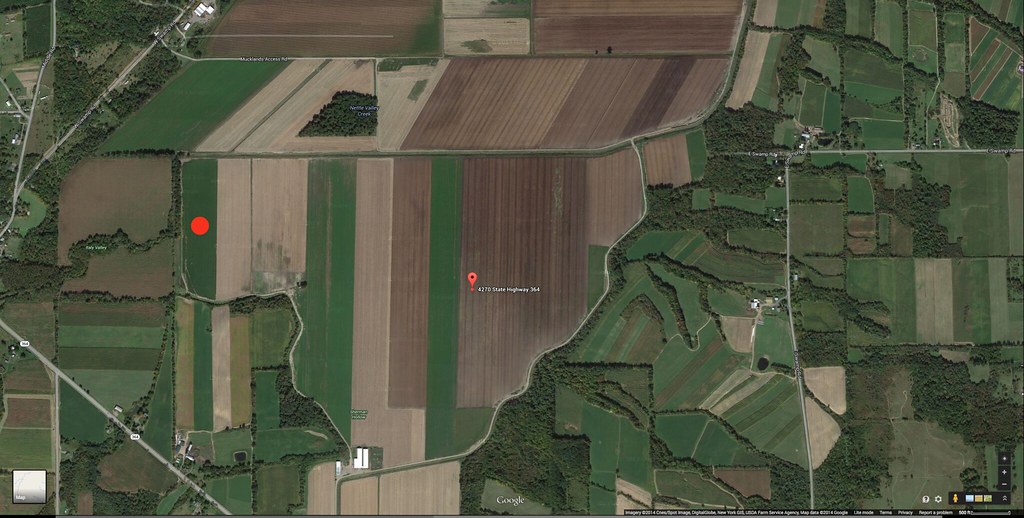MClark
Well-Known Member
For Bong we got tips from the local flyers for recovery and hazards.
Are there any must/should do's for the Potter site?
Mark
Are there any must/should do's for the Potter site?
Mark


Not only do they mean it, but it is near impossible (without a sand rail or a tracked vehicle) to exceed it. The farm roads do not take you directly anywhere. For example, I landed just to the right of that small clump of trees. The drive there took close to 20 minutes each way. Also, the local Mennonite boys are very helpful in recovery. Always carry a small gratuity to thank them for their help. When I recovered out there, you could see how the breeze was dragging the airframe. Two young men had corralled it and were standing on the shock cord to keep it in place. Best $10 I ever spent.
Always carry a small gratuity to thank them for their help. When I recovered out there, you could see how the breeze was dragging the airframe. Two young men had corralled it and were standing on the shock cord to keep it in place. Best $10 I ever spent.
I have an older garmin gps unit for a car that can navigate to coordinates. seems to work well and doesn't rely on cell service. you might want to bring one along as a backup if you use GPS.cell phone service is sketchy at best, the field is in a valley. this may cause problems if you are using a cellular device for tracking.
Enter your email address to join: